The Apple Watch Series 10 is the best smartwatch for iPhone users in 2025, and also one of my favorite smartwatches ever.
The Samsung Galaxy Watch 8 is similarly one of the best smartwatches for Android, especially if you're after useful Gemini AI features.
But which one is the best for biking? To find out, I biked 12 miles wearing the Apple Watch Series 10 on my left wrist and the Samsung Galaxy Watch 8 Classic on my right wrist to determine which of these two popular smartwatches is the more competent fitness tracker.
As a control, I ran Strava on my handlebar-mounted iPhone 12 Mini. I also set a course for a familiar route, one I've recorded with Strava multiple times prior.
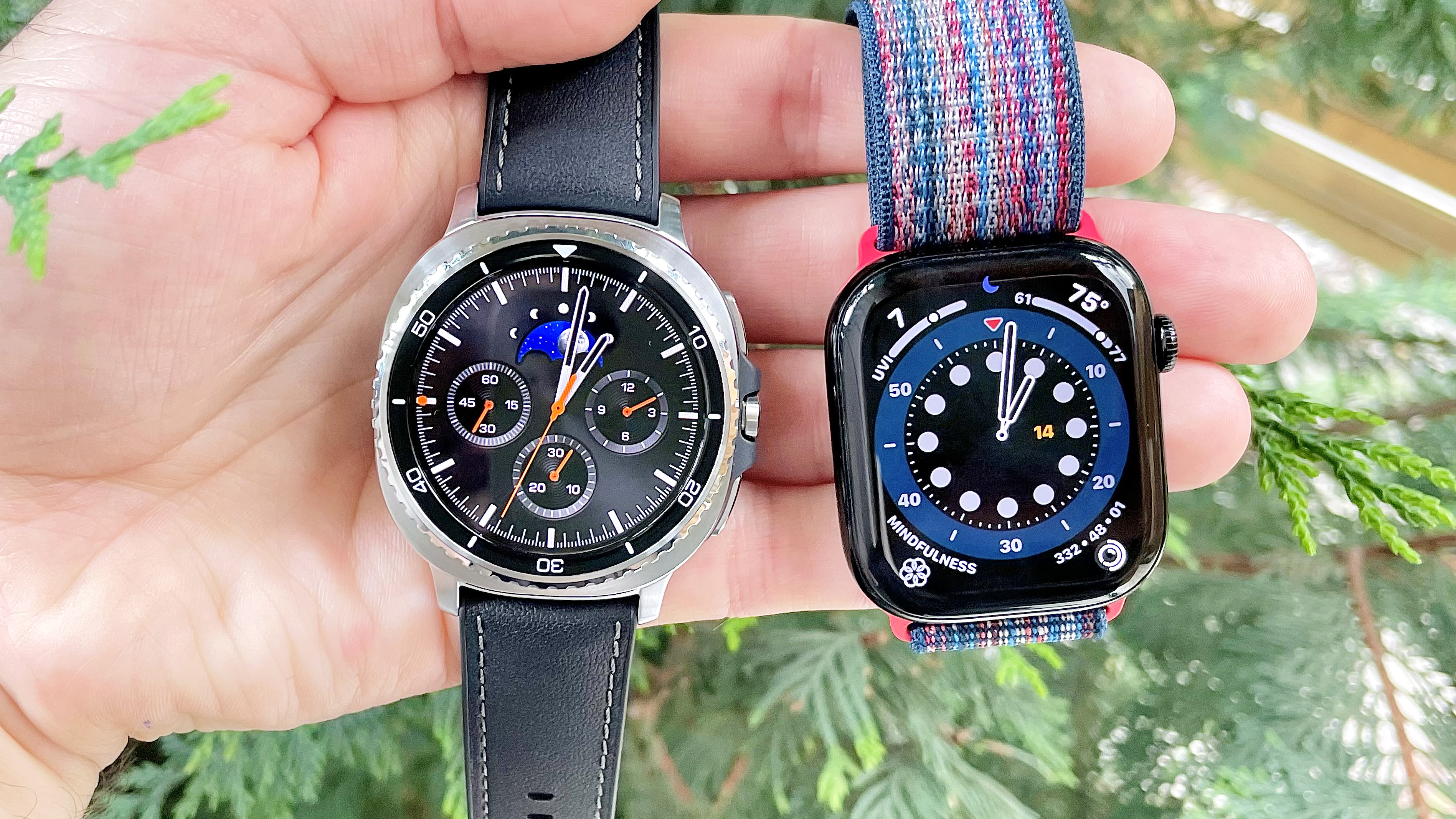
Each smartwatch is packed to the gills with fitness tracking and wellness monitoring tech, including built-in GPS, altimeters, heart rate sensors, body temp sensors, and more.
You also get a wide variety of fitness tracking modes. In fact, either can autodetect basic workouts like walks, runs, swims, and bike rides without user input. However, for this test, I manually started the tracking app on both to ensure the best results possible.
So, which smartwatch, the Apple Watch Series 10 or Samsung Galaxy Watch 8 Classic, proved to be more accurate when it comes to tracking a roughly 12-mile bike ride through a mix of forested and urban areas? Read on.
Apple Watch 10 vs Samsung Galaxy Watch 8: quick comparison
The Apple Watch Series 10 and Samsung Galaxy Watch 8 are fairly evenly matched spec-wise across the board. They each represent the non-tough-built, i.e., non-Ultra, flagship models in either brand's respective lineups.
While the Apple Watch Series 10 comes in two sizes (42mm and 46mm), the Galaxy Watch 8 comes in three: 41mm, 44mm, and the 46mm "Classic" edition with rotating bezel. For this test, I used the larger Apple Watch and the Galaxy Watch 8 Classic.
Comfort-wise, the Series 10 felt a lot better on my wrist throughout my ride than the larger/heavier Samsung.
The Galaxy Watch 8's larger case size does allow for a multi-band GPS antenna, compared to a single-band antenna in the Series 10.
With my bike route winding through a mix of heavily wooded and densely urban portions of Seattle, Washington, I fully expected the Samsung watch to slightly outperform the Apple Watch regarding distance and elevation tracking data.
However, the previous time I pitted the Apple Watch 10 vs the Galaxy Watch 8 in a 5,000-step walk test, the Apple Watch came out on top despite its single-band GPS.
Did Apple have a repeat upset win here? Check the results for yourself below.
Apple Watch 10 vs Samsung Galaxy Watch 8: Bike test results
Swipe to scroll horizontally
Distance | 11.66 miles | 11.73 miles | 11.79 miles |
Elevation gain | 735 feet | 639 feet | 665 feet |
Average speed (moving) | 11.3 mph | 12.3 mph | 12.2 mph |
Max speed | 20.5 mph | 23.8 mph | 25.4 mph |
Average heart rate | 165 bpm | 166 bpm | n/a |
Max heart rate | 178 bpm | 180 bpm | n/a |
Calories burned | 652 calories | 621 calories | n/a |
Battery drain | 16% | 10% | n/a |
According to Strava, during my one-hour bike ride, I covered nearly twelve miles in distance and gained 660+ feet in elevation. My average moving speed was around 12.2 mph, and my fastest speed was a little over 25 mph.
Across the board, the Samsung Galaxy Watch 8 Classic churned out nearly the same stats as Strava. Sure, the device likely undercounted my total elevation gain by as much as 26 feet, but that's better than overcounting by as much as 70 feet, as the Apple Watch appears to have done.
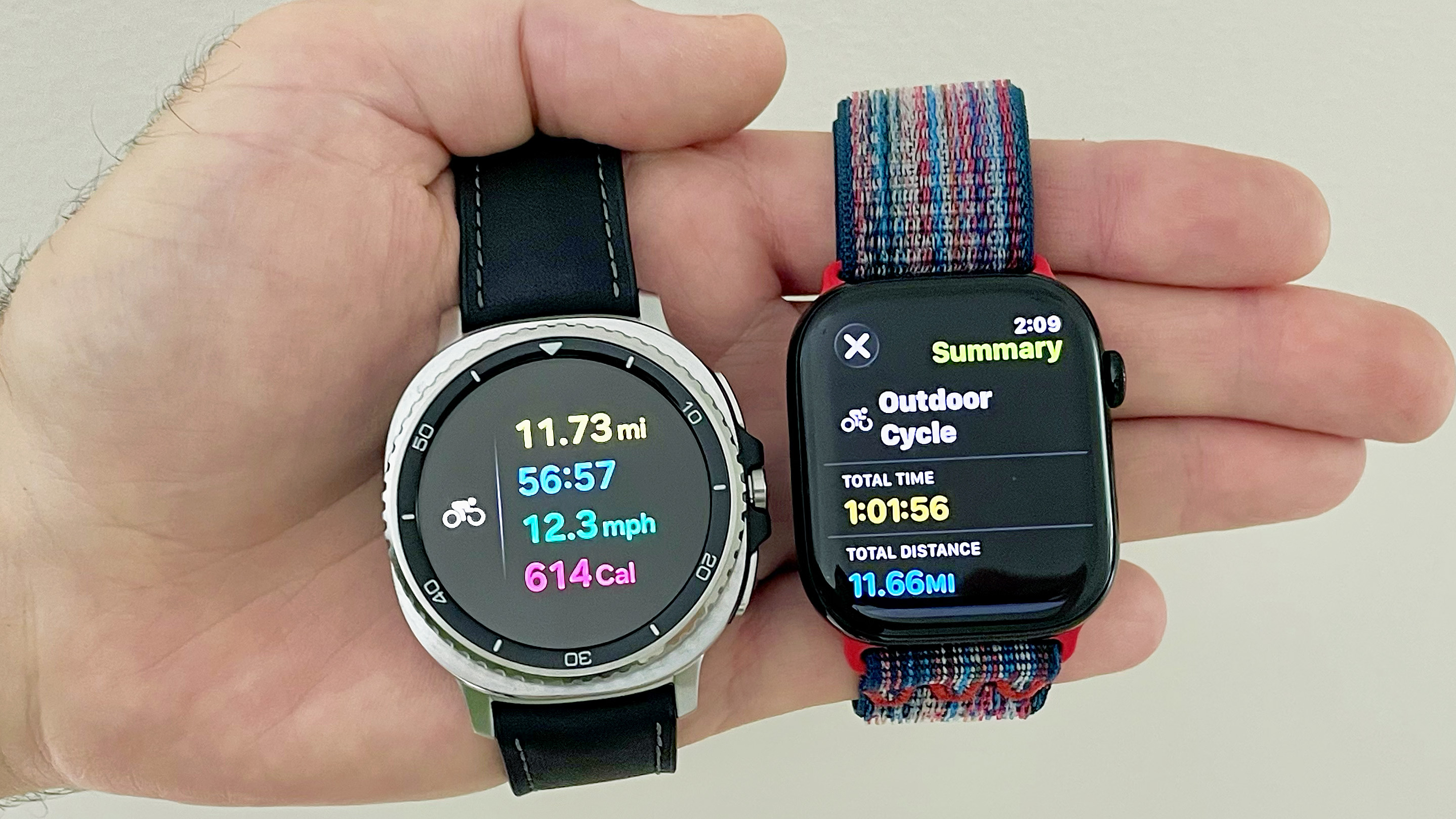
While Apple's total distance data is close enough, both the average speed and max speed appear quite low. As noted above, having recorded this route numerous times prior, I've come to expect a max speed of right around 25 mph and an average speed somewhere between 12 and 15 mph.
(Note: Neither smartwatch was piggybacking off a smartphone's location data for this test; I didn't even bring a Samsung phone with me and disabled the ability in the Watch app on my iPhone.)
Moving on, heart rate and calories data match up nicely between the Apple Watch and Samsung, something that's oh-so heart-warming to see. However, the Apple Watch Series 10 used a bit more battery to track my excursion compared to the Galaxy Watch 8. Interestingly, in my previous test between these two, it was the Samsung that exhausted more battery.
Apple Watch 10 vs Samsung Galaxy Watch 8: And the winner is...
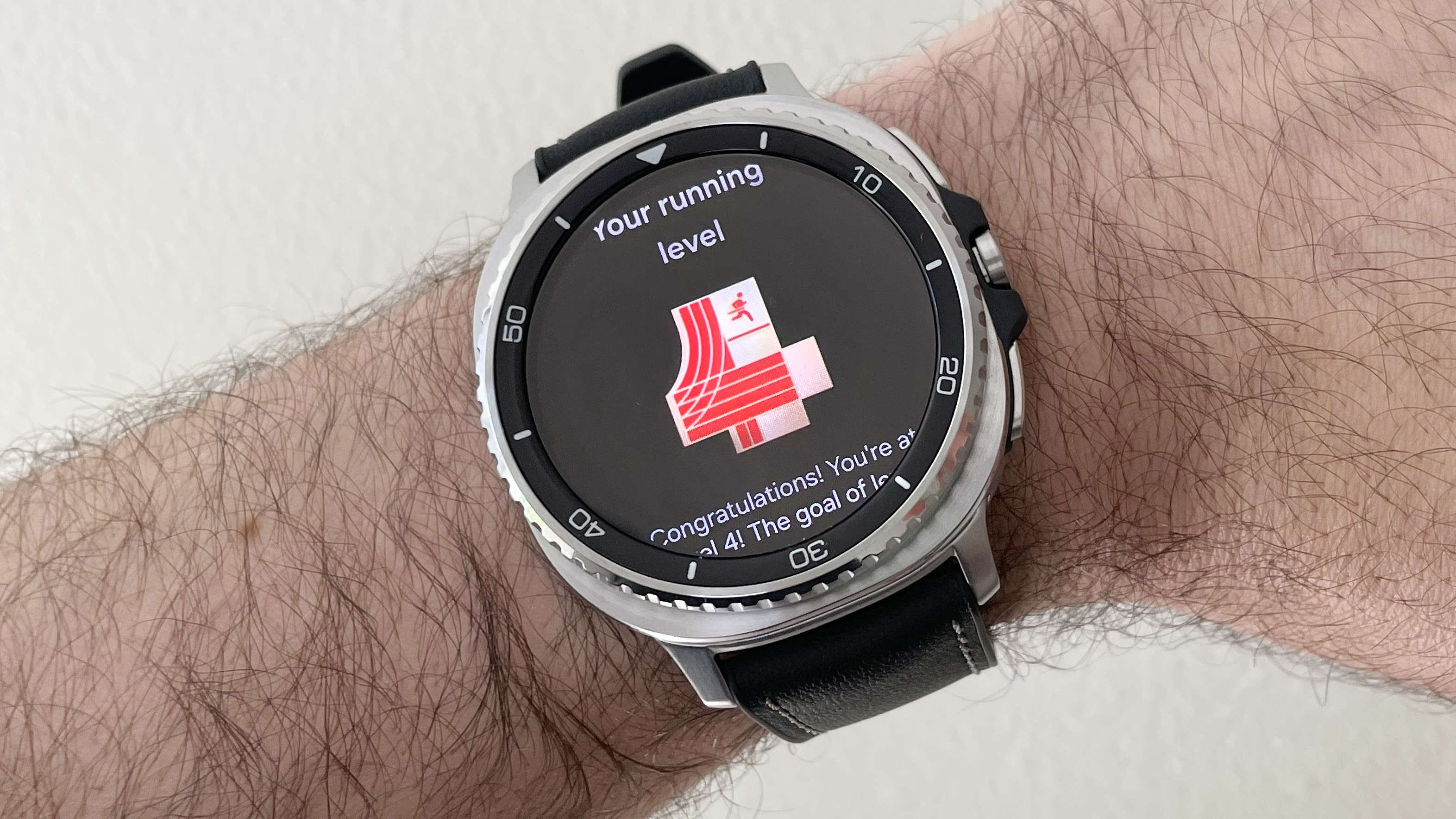
Cupertino may've taken the crown in the first showdown between these two fitness-tracking wearables, but in this bout, it's Mountain View coming out on top with the more accurate workout tracking data.
That said, having extensively tested both of these devices, either is a great choice to help you keep tabs on your workout journey. We may be splitting hairs with the results here, but I'd trust either to accurately track my progress over time.
In fact, the Galaxy Watch 8's new Running Coach feature and Apple's new Workout Buddy tool both promise personalized, real-time AI coaching. Stay tuned for more in-depth reporting on both, along with a deep dive comparison of these two watches.
Which smartwatches or fitness trackers should I test next in a head-to-head competition? And what workout should I do? Let me know in the comments below.
.png)
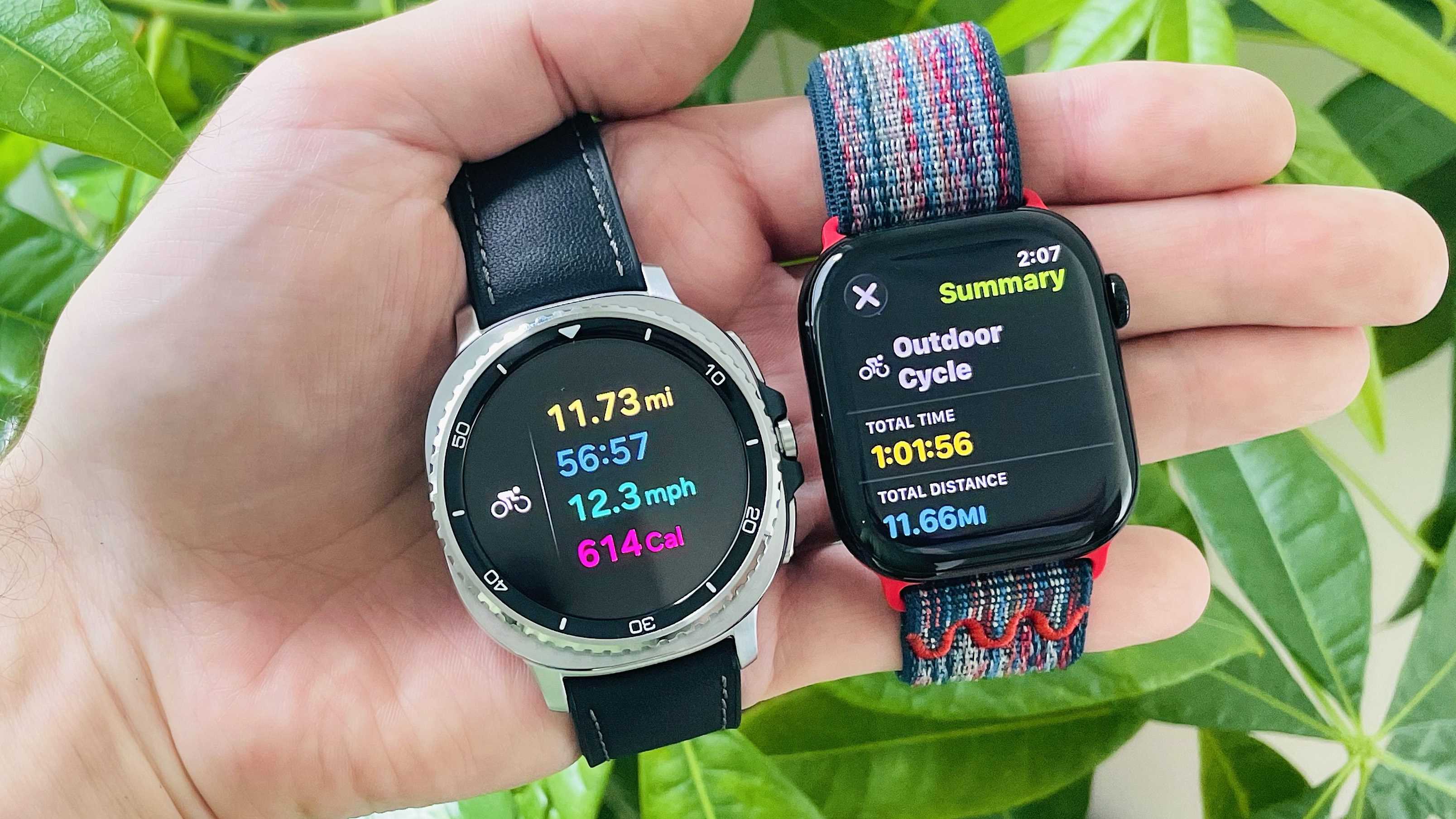

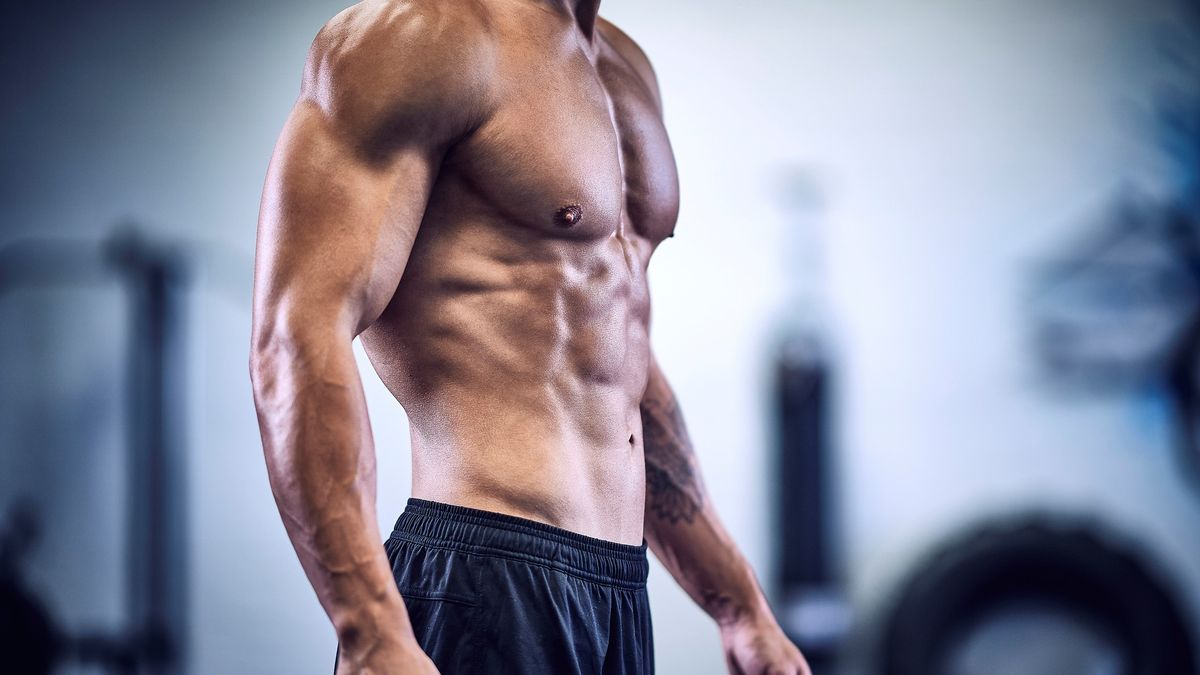









 English (US) ·
English (US) ·